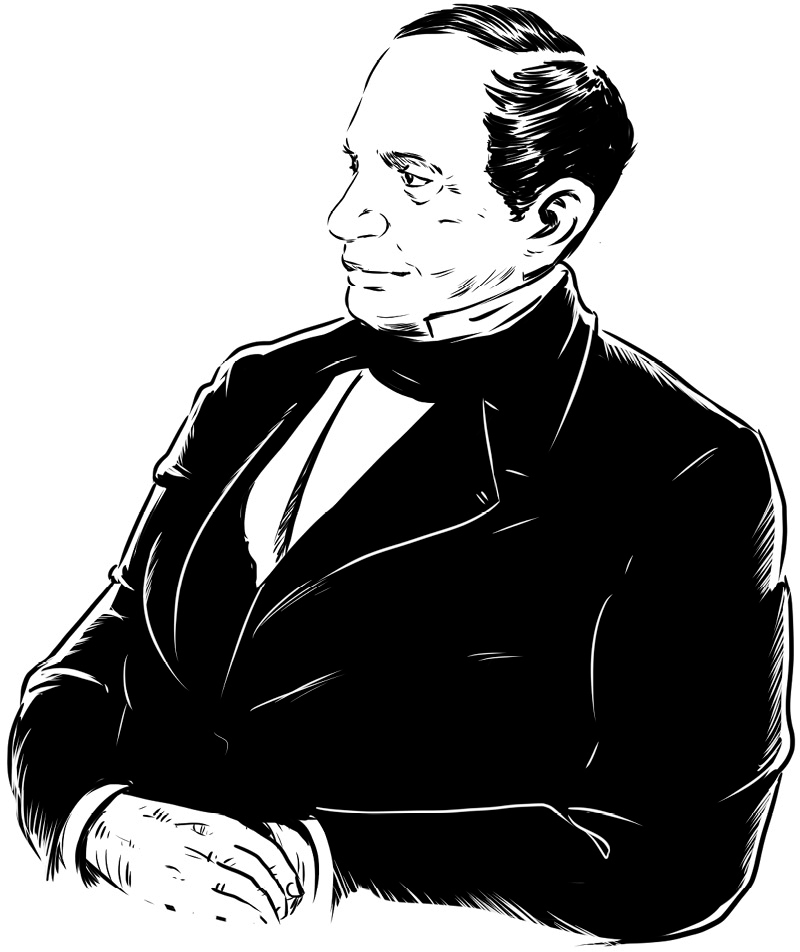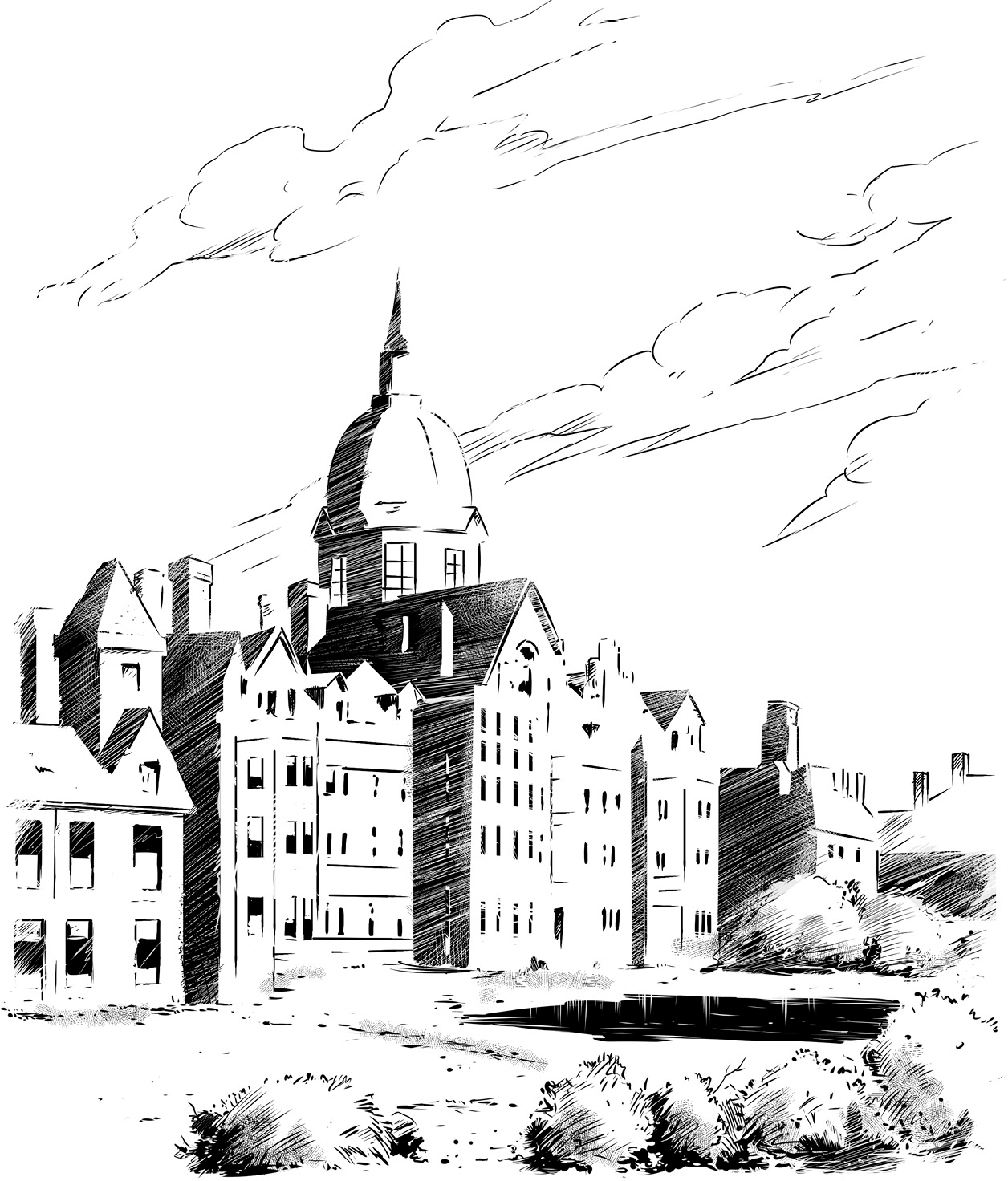Chapter 4
Dreaming Big
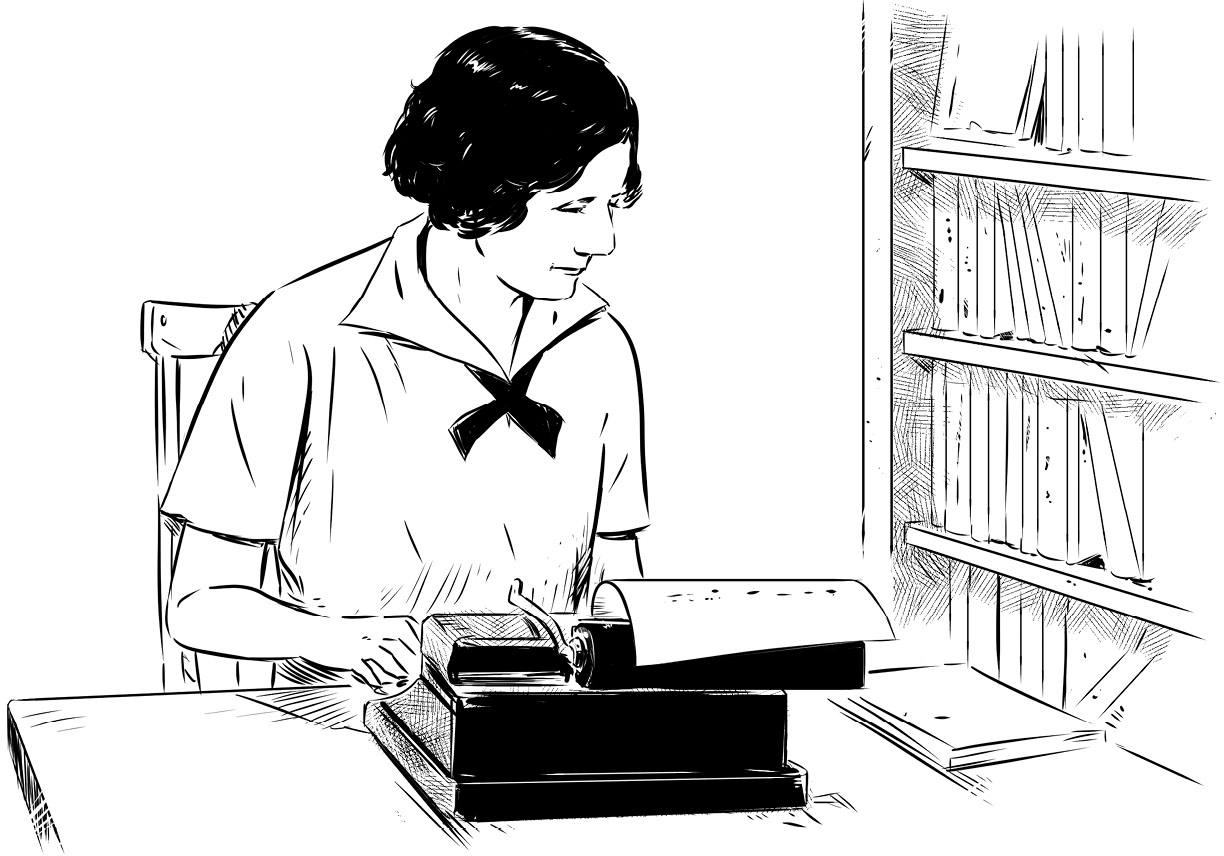
Rachel’s classmates thought she was making a big mistake. As a young woman in the 1920s it would be much easier to find a job as a writer than as a scientist. But once Rachel made up her mind about something, she was determined to make it happen. Rachel studied hard in school for the next two years. She also worked on the school paper and played on the hockey team.
In the spring of her last year at Pennsylvania College for Women, Rachel applied to Johns Hopkins University as a graduate student. She wanted to continue her studies in science. Johns Hopkins University was a very famous school. Not only did Johns Hopkins accept Rachel because of her excellent grades, they also awarded her a scholarship! Rachel was excited and relieved. Getting the scholarship meant that her family wouldn’t need to worry about finding the money to pay for her tuition.
Rachel was also invited to spend that summer at the Marine Biological Laboratory at Woods Hole, in Massachusetts. Woods Hole was a very famous research laboratory. Rachel would get to work with well-known scientists and explore sea life—it was everything she had been dreaming of.

The summer at Woods Hole was more than Rachel had hoped for. For the first time she got to experience the power and beauty of the ocean that she had only ever read about. During the six weeks at Woods Hole, Rachel worked in the lab, walked along the seashore, and made friends. She knew that this was the life that she wanted.
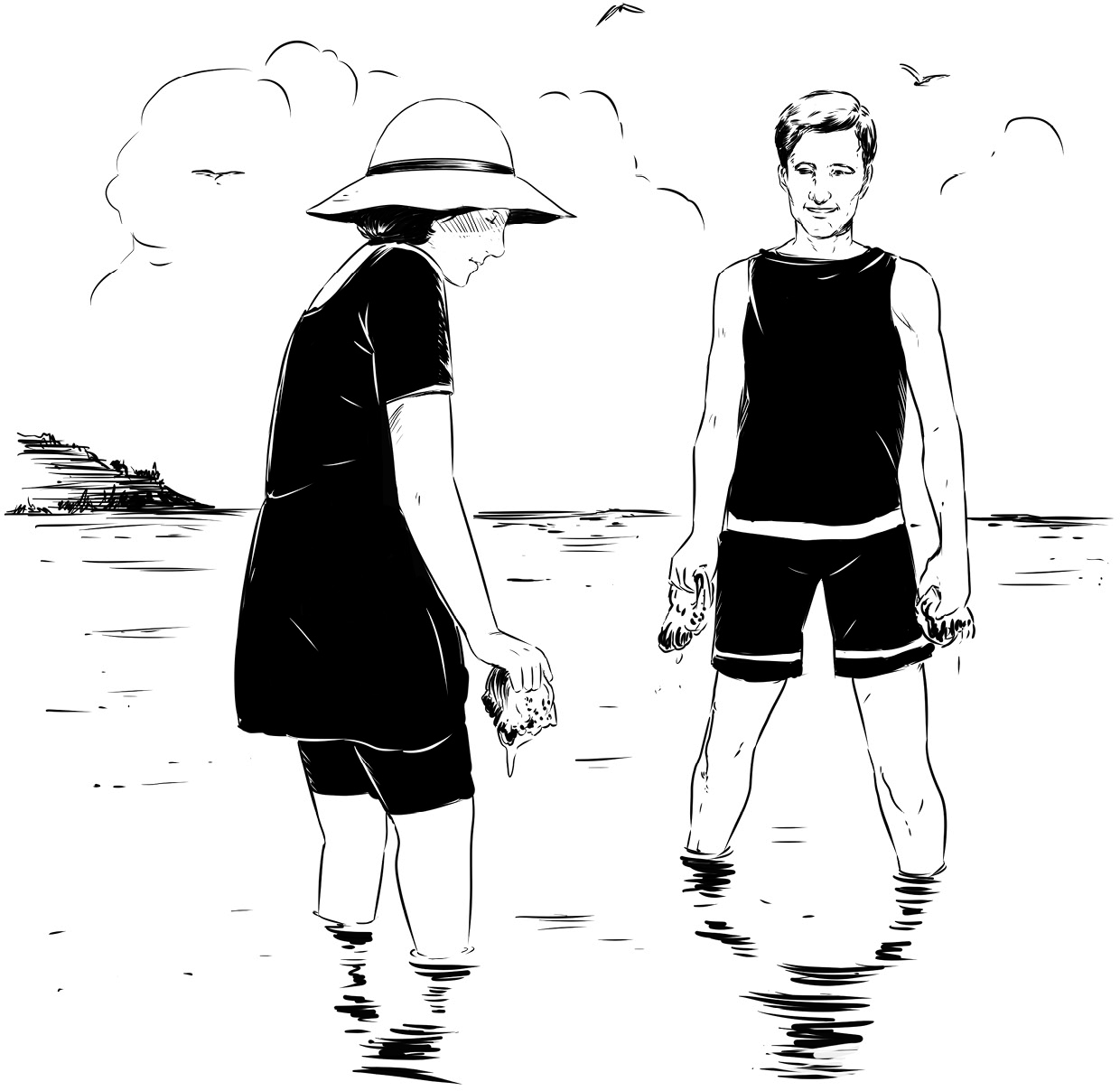
That fall on her way to Johns Hopkins University in Baltimore, Maryland, Rachel stopped at the US Bureau of Fisheries in Washington, DC. She wanted to find out what she should study to get a job as a biologist. Rachel spoke with Mr. Elmer Higgins, the acting director. He explained the types of jobs that were available at the Bureau of Fisheries. He also told her that they had never hired a woman scientist.
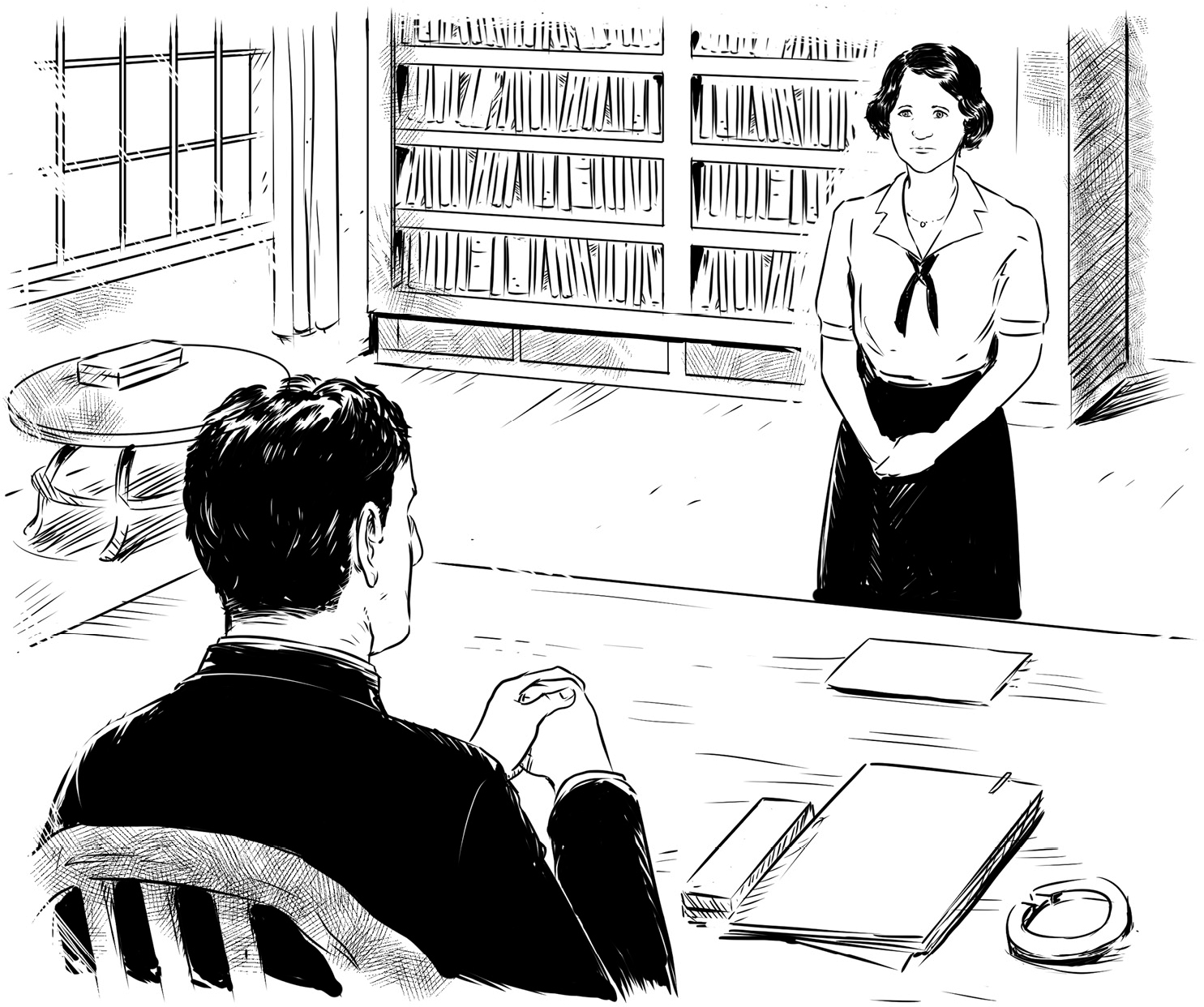
This made Rachel more determined than ever to find a job working as a scientist.
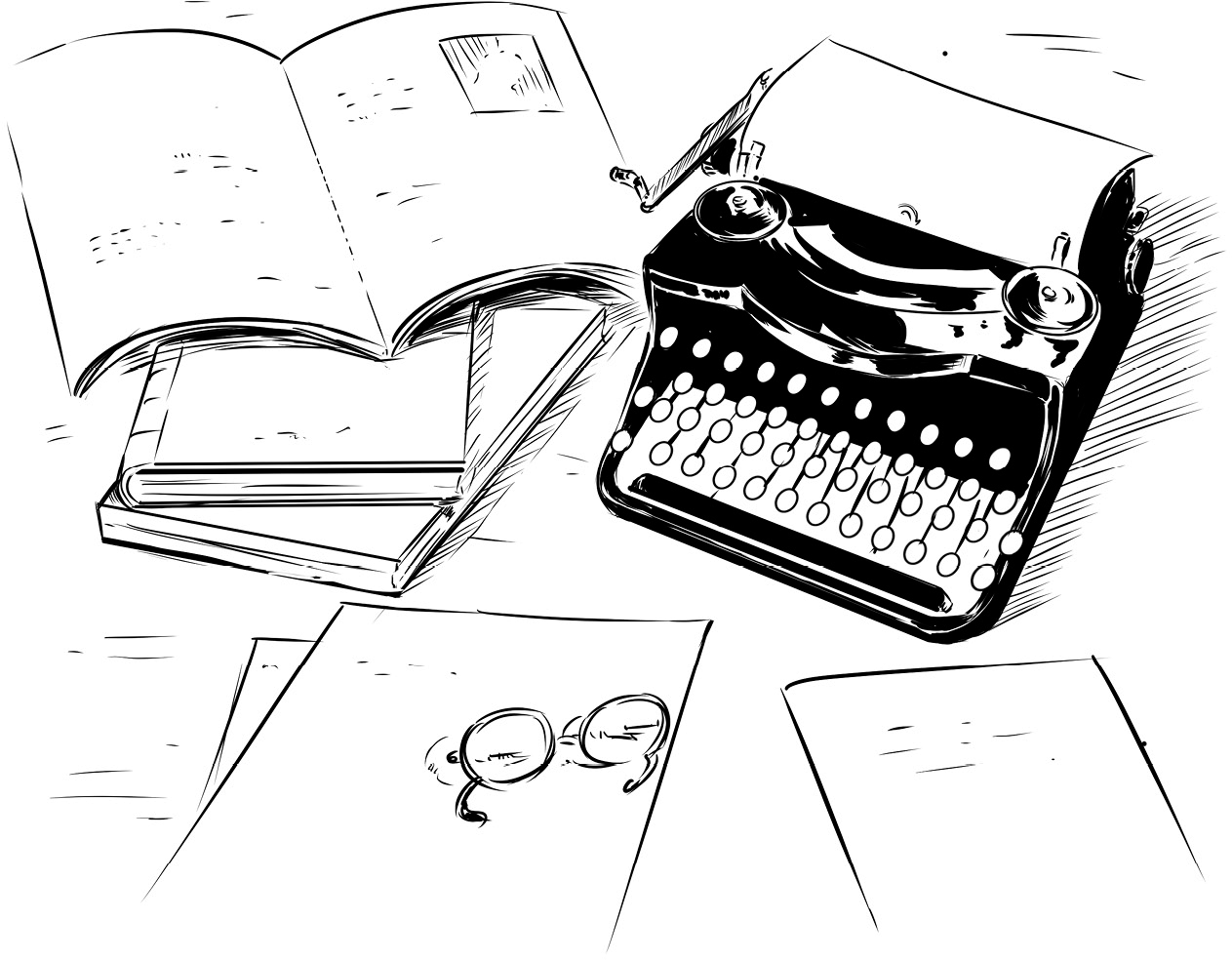
There were very few women in Rachel’s graduate program at Johns Hopkins University. And it wasn’t always easy to keep up with her work. Classes started right after breakfast and went on until after dinner, so there wasn’t a lot of free time to study.

After three tough years, Rachel received her master’s degree on June 14, 1932. Unfortunately, the country was in the middle of the Great Depression. So many people were out of a job. At that time it was difficult for scientists to find work, but being a woman scientist made it even harder. No one wanted to hire a woman biologist. After a lot of looking, Rachel finally got a job as a teacher at the University of Maryland. It wasn’t exactly what she wanted to do, but she was lucky to have a job during such a difficult time. With the money she made she was able to help the members of her family who were struggling because of the Depression.
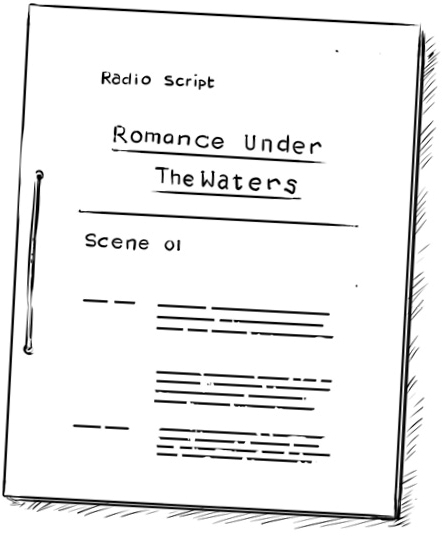
In 1935, Rachel’s father died. It was a sad time for the Carson family, and it also made life difficult for Rachel’s mother. Rachel decided she needed to find a better job to help her family. So Rachel went to talk to Elmer Higgins again. Mr. Higgins told her there were no jobs available for biologists at the Bureau of Fisheries. But Mr. Higgins did need someone to help rewrite scripts for an educational radio program. The program was called Romance Under the Waters. The scripts were filled with long, fancy scientific words that didn’t always make sense to the audience. Mr. Higgins wanted the listeners to enjoy the radio program, and to learn from it, so he asked Rachel to make the stories easier to understand. Rachel had never written a script before. She was nervous about taking the job, but she knew that her talent as a writer and her knowledge of the underwater world were just what was needed.
